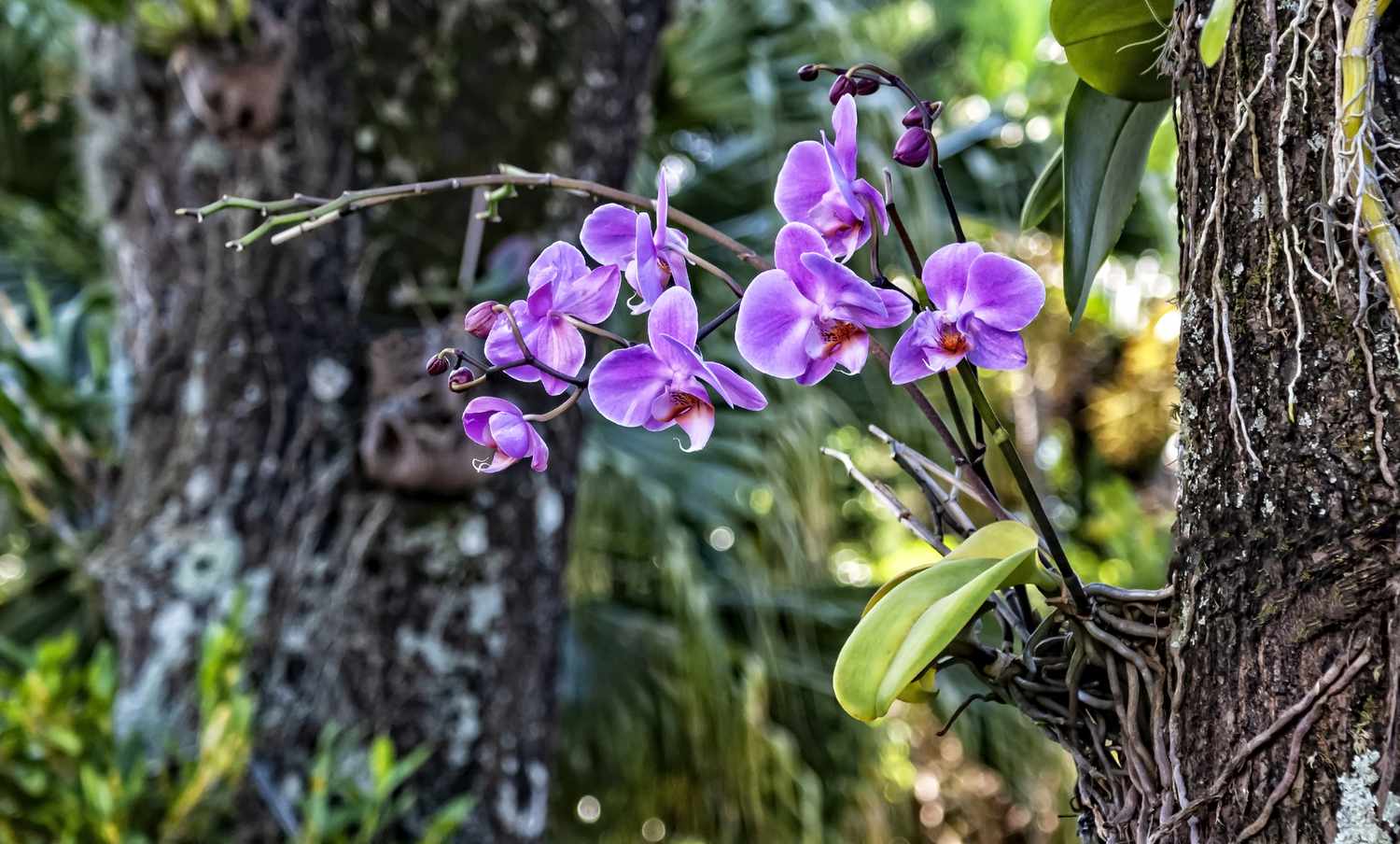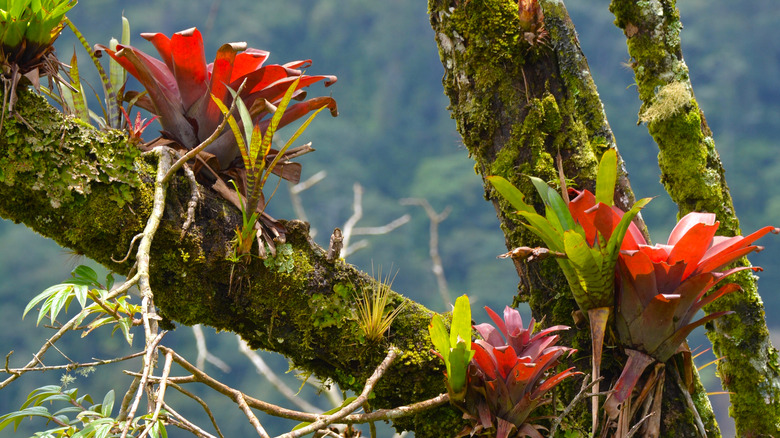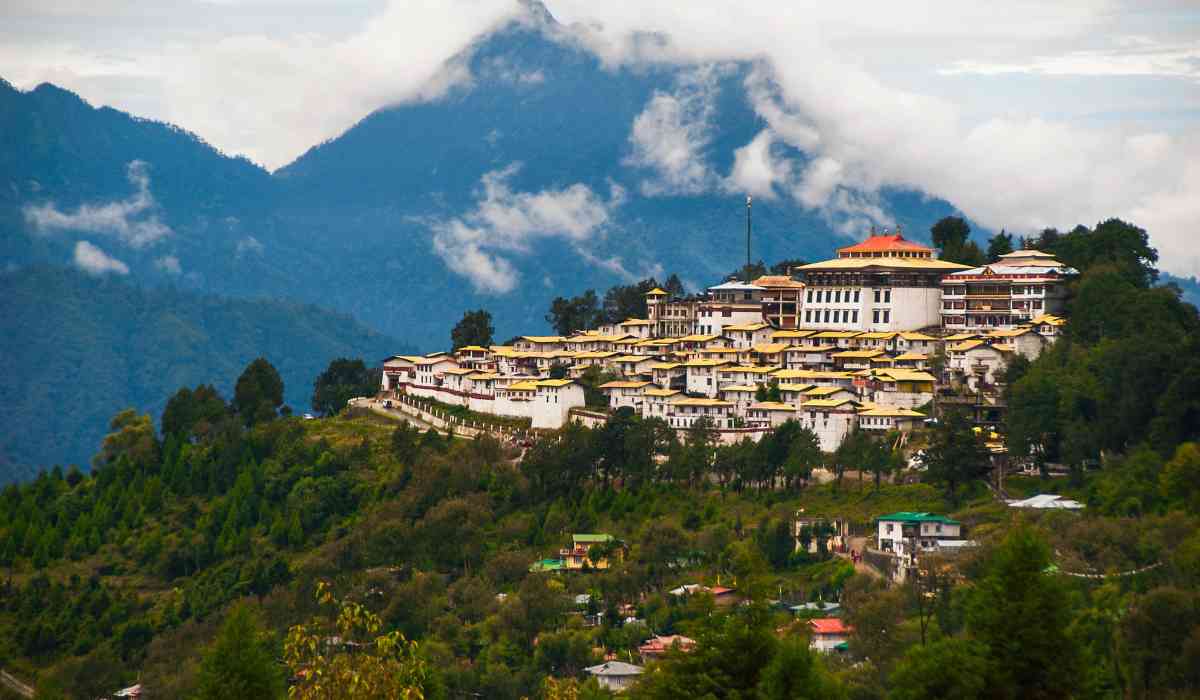In the lush landscapes of Arunachal Pradesh's Pakke-Kessang district, a team of intrepid scientists from the Botanical Survey of India (BSI) has unearthed a remarkable botanical treasure. They've introduced the world to a brand-new epiphytic plant species, christened Lysionotus namchoomii.
Nestled in the heart of the Himalayas to Japan and Indo-China, the genus Lysionotus boasts a rich legacy, with approximately 50% of its members found nowhere else on Earth. These plants vary from epiphytic wonders to lithophytic marvels and even tenacious terrestrial evergreen subshrubs. Our newfound species stands out with its robust leaves and captivating purple blossoms.
_1699173008.jpg)
What truly sets Lysionotus namchoomii apart is its epiphytic nature, a characteristic that sees it thrive atop another plant—a rare spectacle in the world of botany. Dr. Krishna Chowlu, a scientist at the BSI's Regional Centre, is one of the minds behind this exciting discovery. She emphasizes that epiphytic plants are predominantly inhabitants of tropical and subtropical forests, making this find even more exceptional.
The name of this novel species carries a special significance—it pays homage to the late Chau Phunkyoo Namchoon, a renowned social reformer hailing from the Khapti community in Arunachal Pradesh. Mr Namchoon was not only a tireless advocate for social betterment but also a passionate nature enthusiast, actively contributing to education and healthcare in his community.

The specimens used to characterize this newfound species were discovered in two distinct locations, where a small population of 60-100 individuals was observed. The International Union for Conservation of Nature (IUCN) Red List has provisionally labelled the conservation status of Lysionotus namchoomii as 'Critically Endangered.' These plants were collected from altitudes reaching approximately 1,299 meters above sea level, underscoring the fragility of their habitat.
In a parallel revelation, Arunachal Pradesh unveiled another gem to the world of flora—a plant species called Strobilanthes sunhangii (Acanthaceae). Previously known to reside in the recesses of Medog county in Tibet, China, this remarkable shrub made its unexpected debut in India, right within the Pakke-Kessang district of Arunachal Pradesh. Flourishing in the lush environs of moist evergreen forests at elevations ranging from 1,200 to 1,800 meters, it stands as a terrestrial marvel, reaching heights of about two meters and gracing the landscape with its resplendent white flowers.

Dr Chowlu, the sole woman scientist at the BSI and a native of Arunachal Pradesh, asserts that her home state is a treasure trove of biodiversity. Over recent years, the region has been a hotbed of botanical discoveries. She adds that the enigmatic Pakke-Kessang district, tucked away in the western reaches of the state, remains largely unexplored, offering the tantalizing promise of further revelations in the world of plants and nature.
© Copyright 2023. All Rights Reserved Powered by Vygr Media.






















